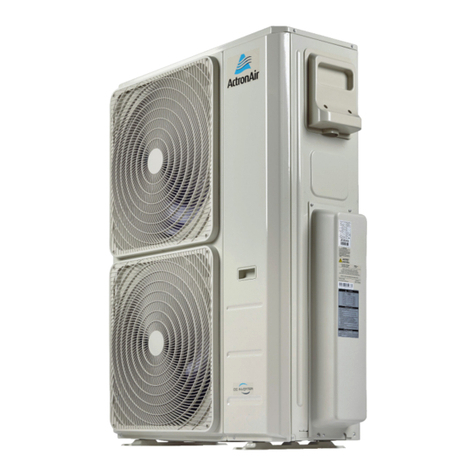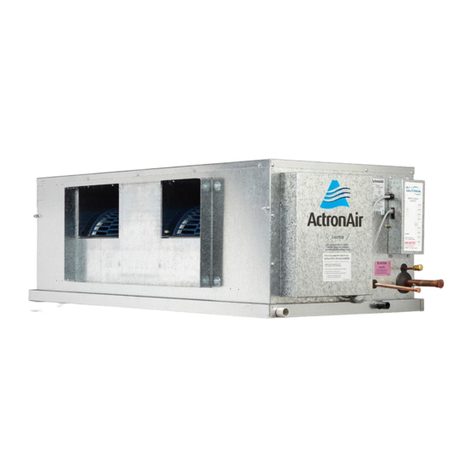ActronAir ECOFLEX MINI VRF Series User manual
Other ActronAir Air Conditioner manuals
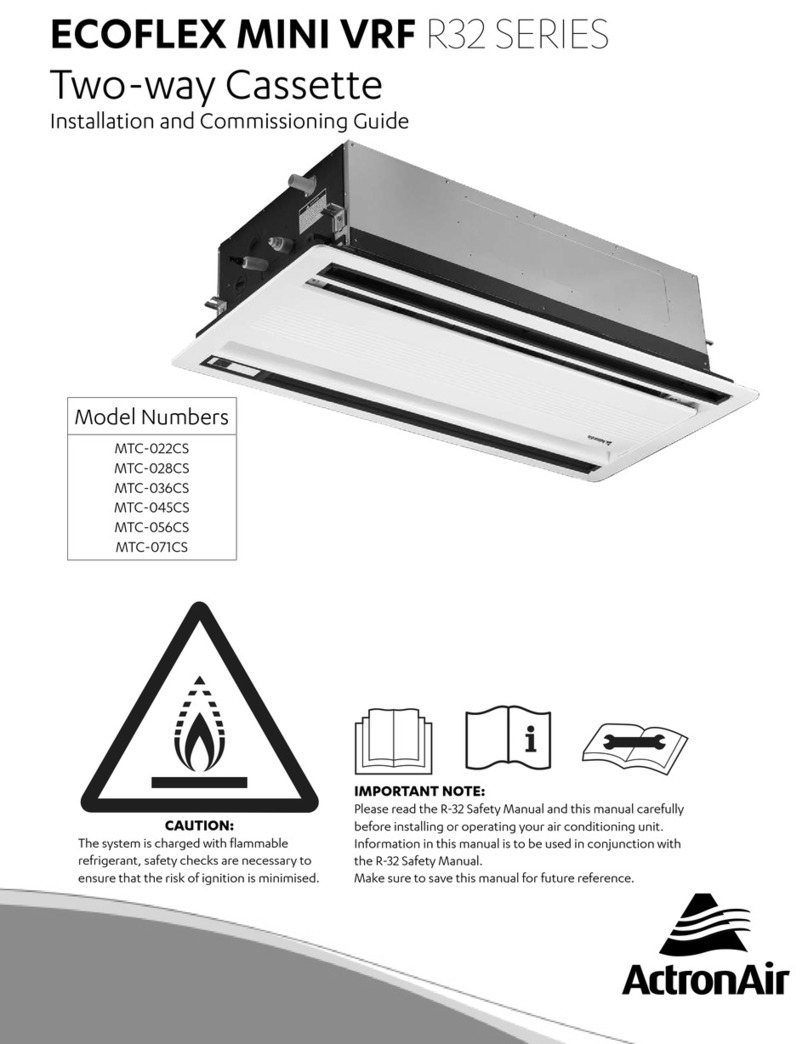
ActronAir
ActronAir ECOFLEX MINI VRF MTC-022CS User manual
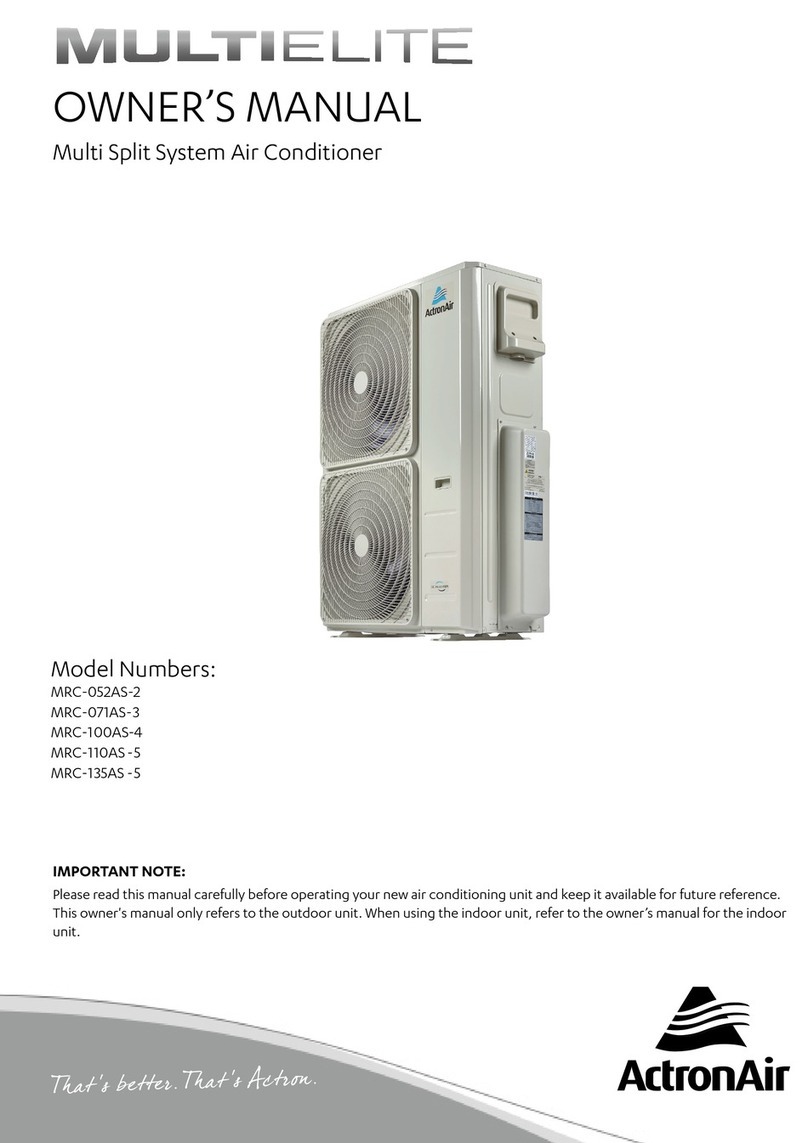
ActronAir
ActronAir MULTIELITE MRC-052AS-2 User manual

ActronAir
ActronAir AIRES CRS10AS User manual

ActronAir
ActronAir SCA260C User manual
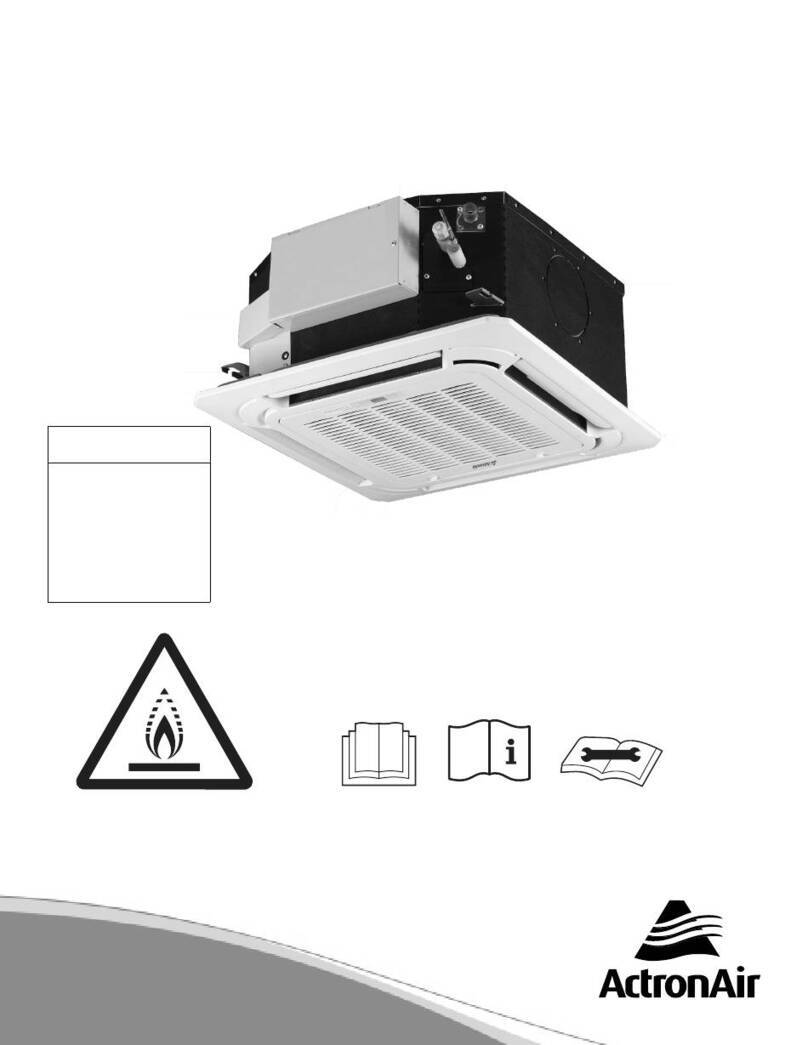
ActronAir
ActronAir ECOFLEX MINI VRF Series User manual
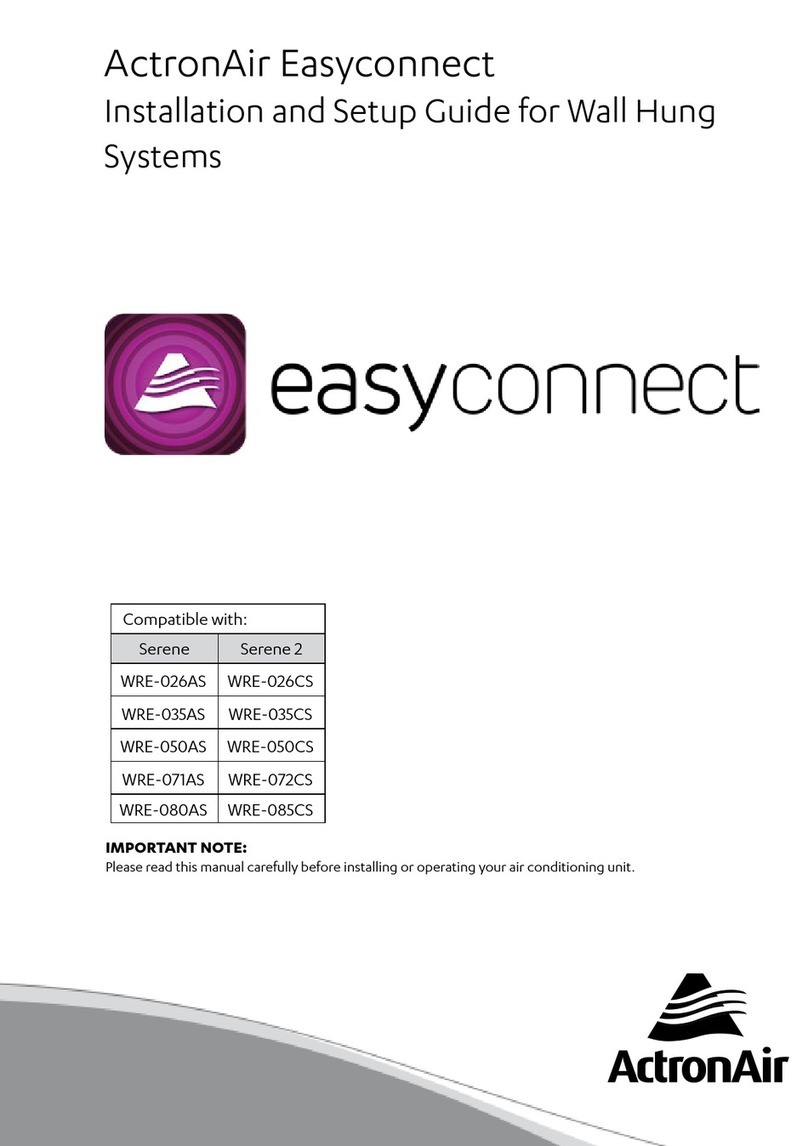
ActronAir
ActronAir Easyconnect Serene Assembly instructions
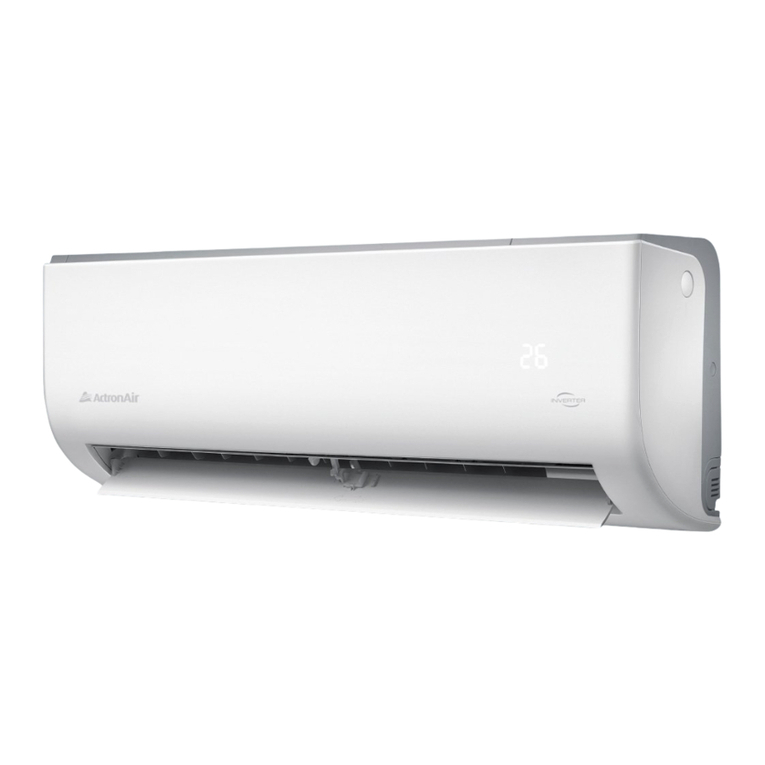
ActronAir
ActronAir Serene 2 User manual
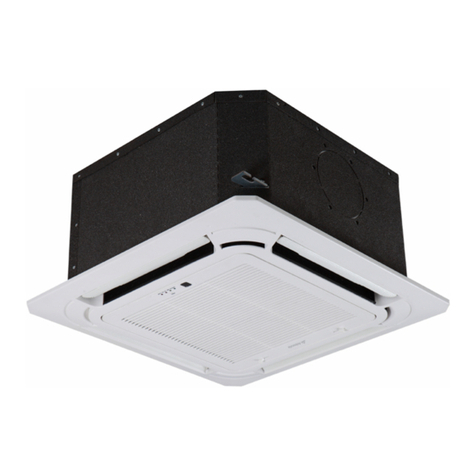
ActronAir
ActronAir MRE-035CS User manual
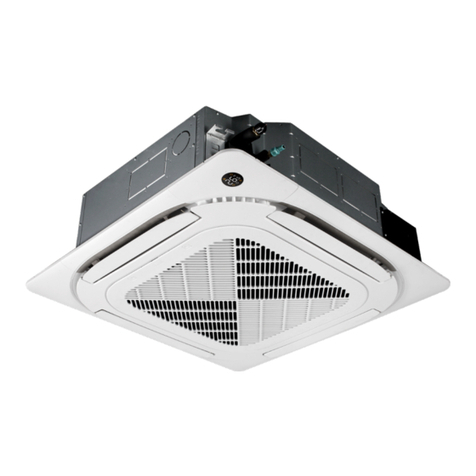
ActronAir
ActronAir Cascade 2 Series User manual

ActronAir
ActronAir CRV140S User manual
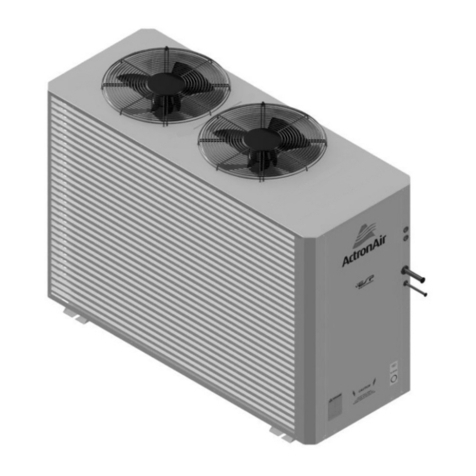
ActronAir
ActronAir ESP Platinum QUE User manual
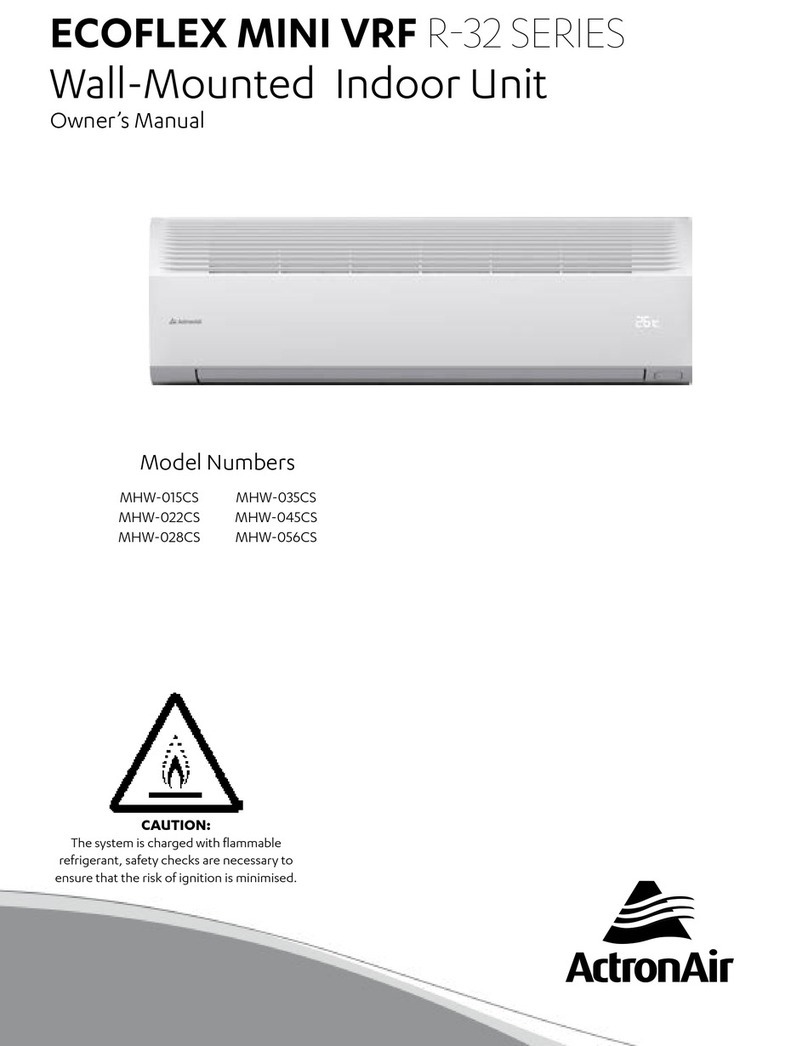
ActronAir
ActronAir ECOFLEX MINI VRF R-32 Series User manual

ActronAir
ActronAir ADVANCE EVV13AS User manual

ActronAir
ActronAir ECOFLEX MINI VRF R-32 Series User manual
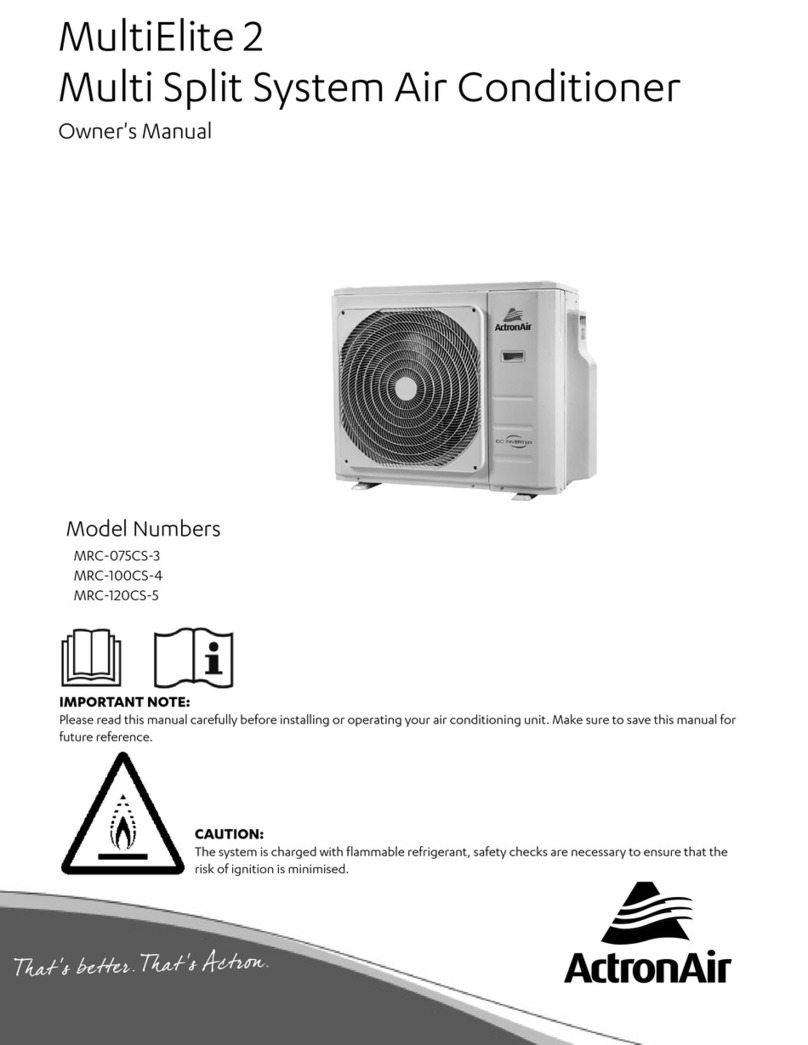
ActronAir
ActronAir MultiElite 2 MRC-075CS-3 User manual

ActronAir
ActronAir ECOFLEX MINI VRF R-32 Series User manual
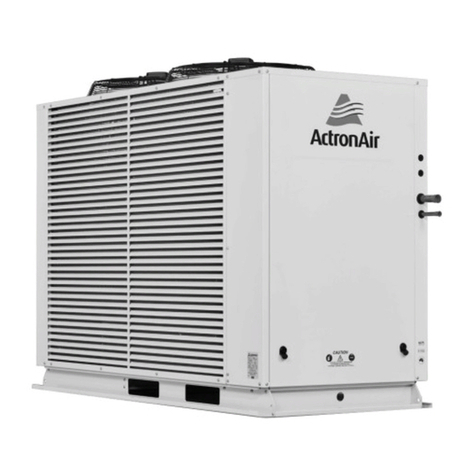
ActronAir
ActronAir CRV290T User manual

ActronAir
ActronAir LRC-071CS User manual

ActronAir
ActronAir WRC-026CS User manual
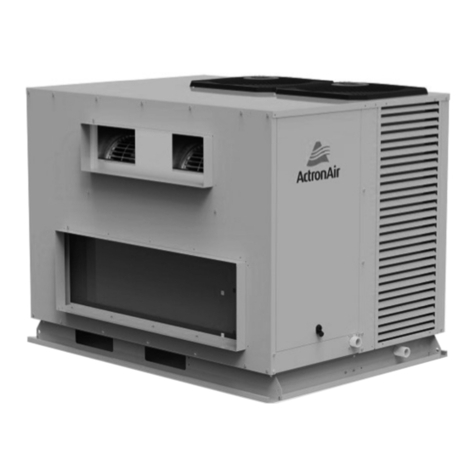
ActronAir
ActronAir PRV15AT-TFFT-EV Series User manual
Popular Air Conditioner manuals by other brands

Fujitsu
Fujitsu ASYG 09 LLCA installation manual

York
York HVHC 07-12DS Installation & owner's manual

Carrier
Carrier Fan Coil 42B Installation, operation and maintenance manual

intensity
intensity IDUFCI60KC-3 installation manual

Frigidaire
Frigidaire FAC064K7A2 Factory parts catalog

Sanyo
Sanyo KS2432 instruction manual

Mitsubishi Electric
Mitsubishi Electric PUHZ-RP50VHA4 Service manual

Panasonic
Panasonic CS-S18HKQ Service manual

Panasonic
Panasonic CS-E15NKE3 operating instructions

Gree
Gree GWH18TC-K3DNA1B/I Service manual

Friedrich
Friedrich ZoneAire Compact P08SA owner's manual

Daikin
Daikin R32 Split Series installation manual

